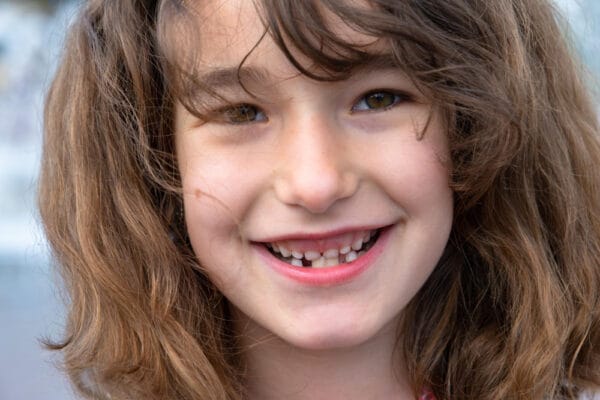
When it comes to children’s dental health, early identification and treatment of dental misalignments can make a world of difference. At Orthodontic Gallery, we regularly work with young patients to help guide their teeth into healthier, more functional positions, setting them up for confident smiles that last a lifetime.
Here are some of the most common types of dental misalignments we see in children, and why early intervention is often the best approach:
1. Crowding
Crowding occurs when there isn’t enough space in the jaw for all of a child’s teeth to align properly. As a result, teeth may overlap, twist, or become trapped beneath the gums. This is one of the most common issues we treat and can usually be addressed effectively with braces or other orthodontic appliances.
Why it matters:
Crowded teeth are harder to clean, increasing the risk of cavities and gum disease. Addressing this early can prevent more complex issues in the future.
2. Increased Overbite (Deep Bite)
An overbite occurs when the upper front teeth overlap the lower front teeth more than normal. A significant overbite—often referred to as a deep bite—can cause the lower teeth to bite into the roof of the mouth, leading to discomfort or even damage over time.
Why it matters:
If left untreated, a deep bite can affect a child’s ability to bite and chew and may contribute to uneven wear of the teeth.
3. Increased Overjet (Protrusion)
In an overjet, the upper front teeth stick out far beyond the lower teeth, sometimes referred to as “buck teeth.” This can be due to thumb-sucking, genetics, or developmental issues with jaw growth.
Why it matters:
Children with an increased overjet are more prone to trauma to the front teeth and may experience self-consciousness about their appearance.
4. Reverse Overjet (Underbite)
A reverse overjet, or underbite, happens when the lower teeth sit in front of the upper teeth. This is often caused by discrepancies in jaw growth and is more complex to treat.
Why it matters:
An underbite can affect jaw function, speech, and facial development. Early assessment is key to managing this condition effectively.
5. Crossbite
A crossbite occurs when some upper teeth sit inside the lower teeth when biting down. It can affect the front or back teeth and may result from abnormal tooth or jaw positioning.
Why it matters:
Crossbites can lead to uneven wear, gum issues, and even jaw shifts if not corrected early.
Bottom Line of Dental Misalignments in Children:
Many of these issues can be spotted from the age of 7, which is why we recommend an early orthodontic assessment. At Orthodontic Gallery, we provide tailored solutions to suit your child’s needs, ranging from removable appliances to braces or more advanced treatments when necessary such as the Invisalign system for children in mixed dentition, Invisalign First. Further information on common dental misalignments and treatments can also be found on the British Orthodontic Society (BOS) website.
Book A Consultation:
If you’ve noticed signs of misalignment in your child’s teeth, or simply want peace of mind, book a consultation online with one of our experienced orthodontists or contact us on 0208 551 9336 with any questions you might have. We’re here to support your child’s smile every step of the way.
